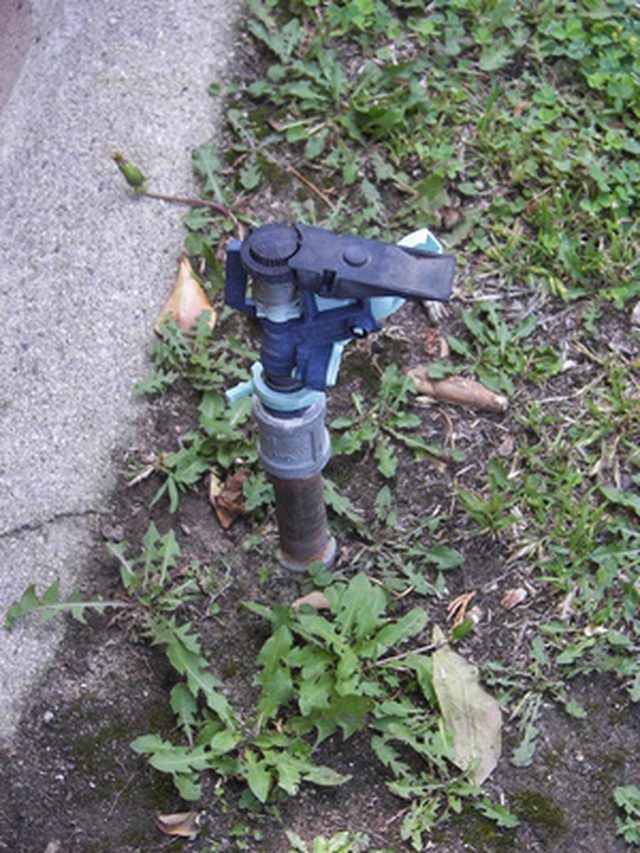Bulbs
Flower Basics
Flower Beds & Specialty Gardens
Flower Garden
Garden Furniture
Garden Gnomes
Garden Seeds
Garden Sheds
Garden Statues
Garden Tools & Supplies
Gardening Basics
Green & Organic
Groundcovers & Vines
Growing Annuals
Growing Basil
Growing Beans
Growing Berries
Growing Blueberries
Growing Cactus
Growing Corn
Growing Cotton
Growing Edibles
Growing Flowers
Growing Garlic
Growing Grapes
Growing Grass
Growing Herbs
Growing Jasmine
Growing Mint
Growing Mushrooms
Orchids
Growing Peanuts
Growing Perennials
Growing Plants
Growing Rosemary
Growing Roses
Growing Strawberries
Growing Sunflowers
Growing Thyme
Growing Tomatoes
Growing Tulips
Growing Vegetables
Herb Basics
Herb Garden
Indoor Growing
Landscaping Basics
Landscaping Patios
Landscaping Plants
Landscaping Shrubs
Landscaping Trees
Landscaping Walks & Pathways
Lawn Basics
Lawn Maintenance
Lawn Mowers
Lawn Ornaments
Lawn Planting
Lawn Tools
Outdoor Growing
Overall Landscape Planning
Pests, Weeds & Problems
Plant Basics
Rock Garden
Rose Garden
Shrubs
Soil
Specialty Gardens
Trees
Vegetable Garden
Yard Maintenance
About Watering the Lawn After Mowing
About Watering the Lawn After Mowing. Mowing the lawn is a necessary part of maintaining a home. Most homeowner’s associations set requirements for lawn heights and mandatory mowing, as well as lawn watering. Cutting the grass short prevents the weeds from seeding and thus multiplying. After cutting the grass, the novice mower would think to...

Mowing the lawn is a necessary part of maintaining a home. Most homeowner’s associations set requirements for lawn heights and mandatory mowing, as well as lawn watering. Cutting the grass short prevents the weeds from seeding and thus multiplying. After cutting the grass, the novice mower would think to immediately attach the sprinkler and start the watering process. Other factors are involved in the decision to water after mowing.
Time of Day
Grass needs to be watered early in the day so that there is time for the water to dry out before night falls and the temperature drops. When water stays on the grass longer, the wet conditions can lead to certain grass diseases. Midday summer watering can be futile as well, as the water evaporates before it has time to seep through the soil. If you plan to water after mowing, make sure both are done early in the day.
Frequency
Watering should not be done at each mowing, as this may not be necessary. It is not the cutting that causes the grass to need water, but dryness at the root. Sometimes, the lawn just needs a simple cut, especially if there was a recent rain or the ground is already moist.
Amounts
According to University of Illinois Extension, lawns need about 1 1/2 inches of moisture each week. Shallower root grass varieties like crabgrass need much less water because their roots do not go very deep into the ground. One suggestion is to install a rain gauge that you can check the amount of natural water your lawn receives. University of Missouri Extension encourages homeowners to mow weekly at a higher blade setting to decrease water needs, as taller grass has deeper roots and is less prone to wilting.
Considerations
Grass grows frequently during the rainy seasons of late spring and early fall. People find themselves mowing more frequently to keep the growth down. However, the growth is caused by excess moisture and heat, so watering after mowing could lead to excess water in the soil.
Ideal Situation
Grass grows much slower during the height of summer, a time when the rains are infrequent as well. During this time, it is okay to water the lawn after mowing--only if it hasn’t rained your weekly moisture quota of 1 1/2 inches. According to University of Missouri Extension, you lawn needs water if footprints are visible after several hours or blades begin to turn bluish-purple.